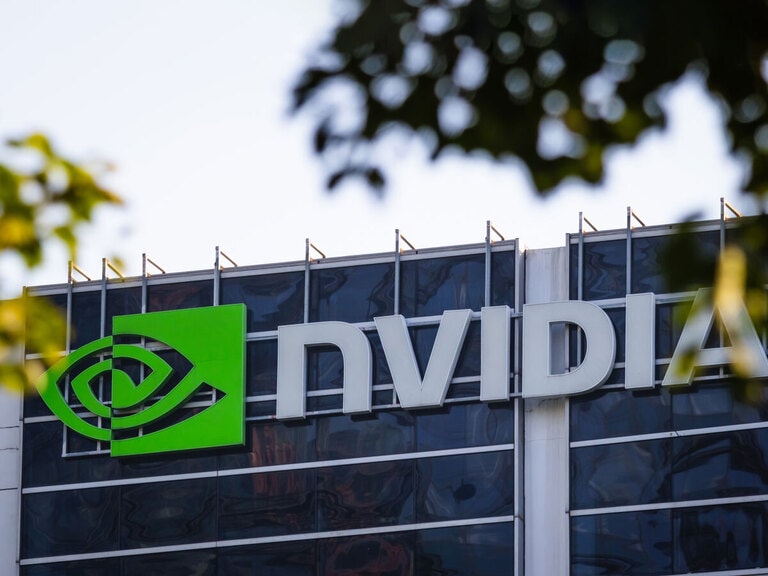Despite a strong rebound in 2021, any hopes that global economic growth would continue at the same pace this year have failed to live much beyond early January. This, coupled with high interest rates and high inflation, is likely to weigh on stock markets and impact growth stocks in sectors such as technology. However, value-type sectors like pharmaceuticals could stand to benefit.
Since the start of 2022 the tech-heavy Nasdaq Composite has pulled into a correction along with a share price decline in major S&P 500 stocks.
The World Bank’s latest Global Economic Prospects report forecasts that growth will decline from 5.5% in 2021 to 4.1% in 2022 and 3.2% in 2023 as pent-up demand during the pandemic fades and governments around the world wind down financial support and stimulus programmes.
4.1%
Forecasted growth rate of the world economy in 2022, according to the World Bank, down from 5.5% in 2021
Inflation and policy uncertainty will put pressure on the global economy
Although it is milder than previous strains of the virus, the emergence of the omicron variant has shown how damaging an unexpected breakout in cases can be. Supply chain bottlenecks and property woes are likely to weigh on growth in nations such as China.
Another spectre is the relentless climb of inflation, particularly in the US, where in December headline CPI rose 7% from a year ago — the largest year-over-year hike since June 1982. In the UK, annual CPI inflation for December sat at 5.4%, the highest mark since 1992. The S&P500 fell 3% in the three weeks following 24 November when omicron was acknowledged by the World Health Organisation, but recovered to close up 1% by year’s end.
The CPI hits low-paid workers the hardest and dampens consumer demand. The hike in interest rates in the UK to combat this surge, and an expected three to four rises from the US Federal Reserve this year. Since the start of the year the S&P500 has fallen 8% to 21 January’s close.
“The world economy is simultaneously facing Covid-19, inflation and policy uncertainty, with government spending and monetary policies in uncharted territory,” said World Bank Group president David Malpass.
Which stocks will benefit from high inflation and high interest rates?
Unsurprisingly, the global growth forecasts have led to less than rosy predictions for stock markets. Analysts expect the S&P 500 to report earnings growth of 9% in 2022, down from the 45.1% surge in 2021.
However, 10 out of 11 sectors are set to report year-over-year growth, according to FactSet. This will be led by defensive sectors that can weather tough economic environments, such as industrials, consumer discretionary and energy care.
Other value-type sectors that could do well in a high inflation and high interest rate environment include pharmaceuticals. Companies such as Moderna [MRNA] and Pfizer [PFE] are likely to see their share prices boosted by the continuing pandemic and increased investor interest in developing mRNA vaccines for other diseases.
Indeed, Pfizer’s share price closed at $53.54 on 19 January, up 45.8% year-on-year, while Moderna’s share price was up 39.2% over the same period, closing at $174.07.
Supply chain squeezes may also boost warehousing and logistics stocks such as XPO Logistics [XPO], which saw a steady rise in its share price in the first half of 2021, though the share prices of clothing companies like Nike [NKE] and Lululemon [LULU] could feel the pressure.
FactSet forecasts that only the financials sector will report a year-over-year decline in 2022, but in a high interest rate environment property stocks may also be hit.
Tech stocks may struggle in the shorter term
Growth stocks such as technology are expected to have a more difficult 2022. Low inflation was a boon for many as cash was pumped into the market thanks to government stimulus helping beef up valuations. Social trends during the pandemic, such as video communications for work and gaming at home, also lifted tech stocks.
“As rates rise, that inevitably hurts the valuation of growth companies whose best years lie far ahead,” writes Richard Waters in the FT. “The prospect of rising rates wiped around one-quarter from the share prices of high-growth software stocks after the start of November, before a partial bounce in the second half of December.”
“The prospect of rising rates wiped around one-quarter from the share prices of high-growth software stocks after the start of November, before a partial bounce in the second half of December” - Richard Waters, per the Financial Times
But markets are never black and white. AJ Bell investment director Russ Mould is not so quick to write off financials in 2022.
“If inflation runs hot and stays hot, then ‘real’ assets such as commodities may not be such a bad place to be. Nor may banks, which would welcome, at least to some degree, higher interest rates and steeper yield curve, as they will help to fatten out net interest margins and thus profits,” Mould says.
Continue reading for FREE
- Includes free newsletter updates, unsubscribe anytime. Privacy policy





